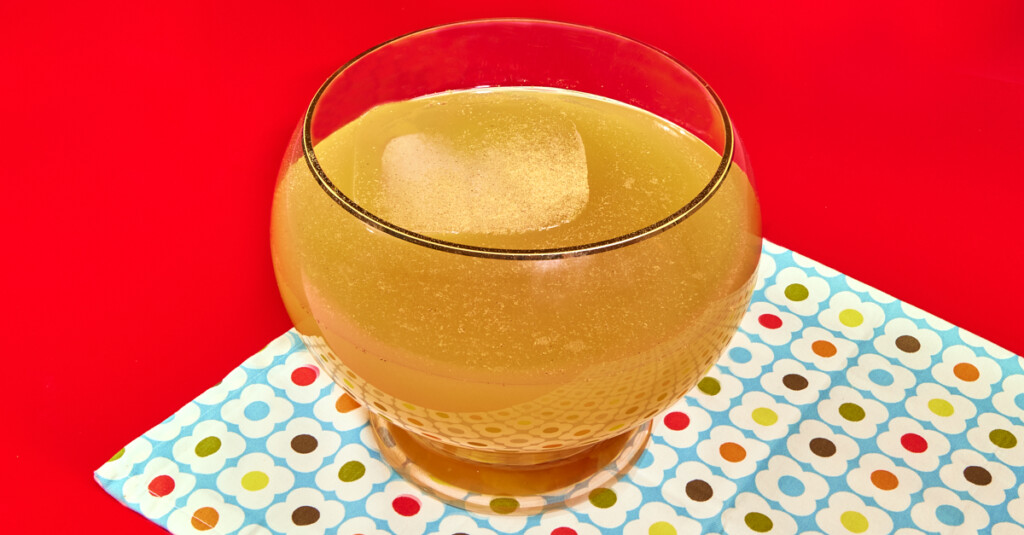The Story Behind The Fish House Punch
Often, when we find ourselves knee-deep in the pages of old tomes to cover classic cocktails, the stories begin in the mid-1800s. But this cocktail — or more accurately, punch — dates back to the heyday of America’s independence. The concoction in question is the Fish House Punch, a Philly-born swimming pool of Jamaican rum, Cognac, peach brandy, lemon juice, and sugar, topped with a dusting of grated nutmeg.
This punch’s tale begins in 1732, when a group of wealthy, well-to-do Philadelphians set up a club a few miles outside the city. Located on a piece of land leased from the Lenni-Lenape tribe, and called it the Colony in Schuylkill. This was before the American Revolution, so the colony originally operated as a small, independent state of its own with a governor, councilmen, and a sheriff.
While the house punch came later on, according to “The Oxford Companion to Spirits and Cocktails,” the club members “met regularly at their ‘fish house’ on the Schuylkill river, just outside of town, to fish, eat, and drink.” The club upheld a series of unusual traditions, such as relying solely on members and guests to perform all tasks involved with preparing for banquets — from cooking to mixing drinks. Of course, none of this would be done without the proper club uniform: a straw hat and a white apron featuring a painting of a large fish. Following the American Revolution, the club changed its name to the State in Schuylkill, and nowadays, it also goes by the interchangeable title of The Schuylkill Fishing Company of Pennsylvania. Allegedly, it’s the oldest continuously operating social club in any English-speaking country.
It’s tough to say when the house punch came into existence. The club has a reputation of secrecy, and has never officially published the recipe for the Fish House Punch. But some members have leaked it out to the world as early as 1850 — namely writer Charles Godfrey Leland, who gave an iteration of the spec to OG star-tender Jerry Thomas. He then published said recipe in his 1862 book “Jerry Thomas’ Bar-Tender’s Guide.”
Later versions leaked by club members remained fairly consistent through the years, with the only variables being the amount of sugar and peach brandy employed. However, once the drink gained fame outside Philly, some recipes took on “various extraneous ingredients, from Madeira and Champagne to Curaçao and even cucumber,” according to the “Oxford Companion.” Often, whiskey showed up as a substitute for peach brandy, coinciding with the spirit’s wavering availability over the decades.
In light of the cocktail renaissance and an ever-increasing number of micro-distillers making peach brandy, one doesn’t now have to resort to dumping whiskey and peach schnapps into the punch bowl. For the recipe below, we went with the cocktail historian David Wondrich-approved spec that yields a 25-serving batch. The first step involves muddling lemon peels with sugar to create an oleo saccharum, which imparts a bounty of rich, citrus- oil aromas to the final product.



